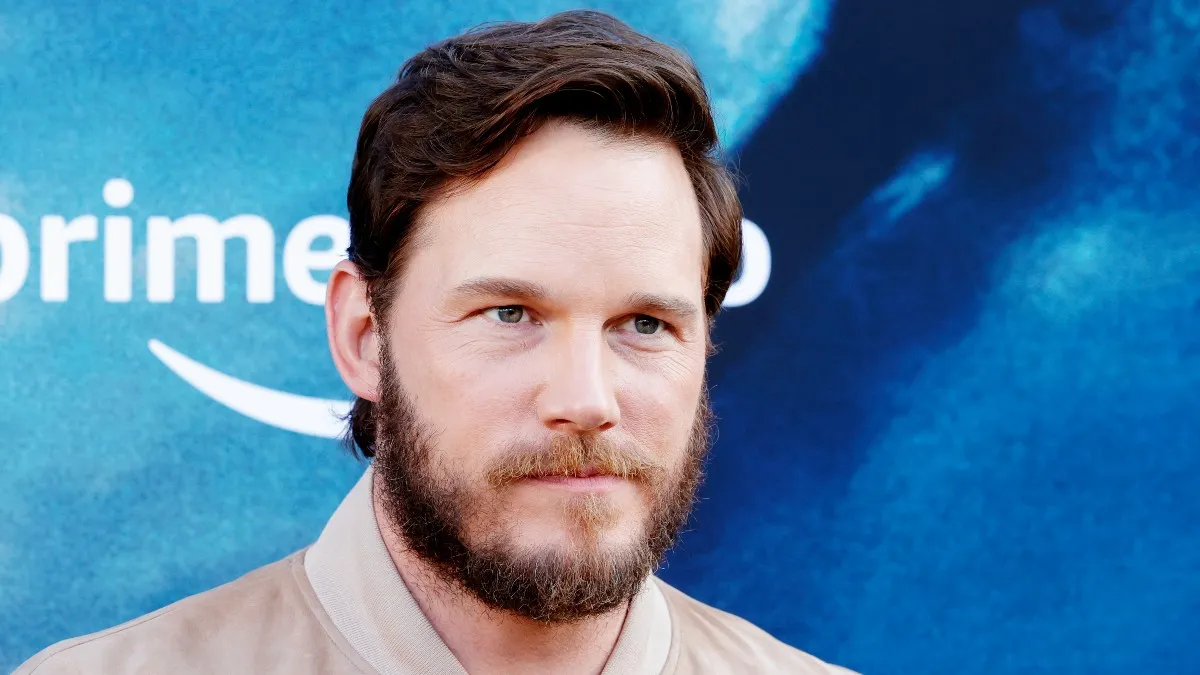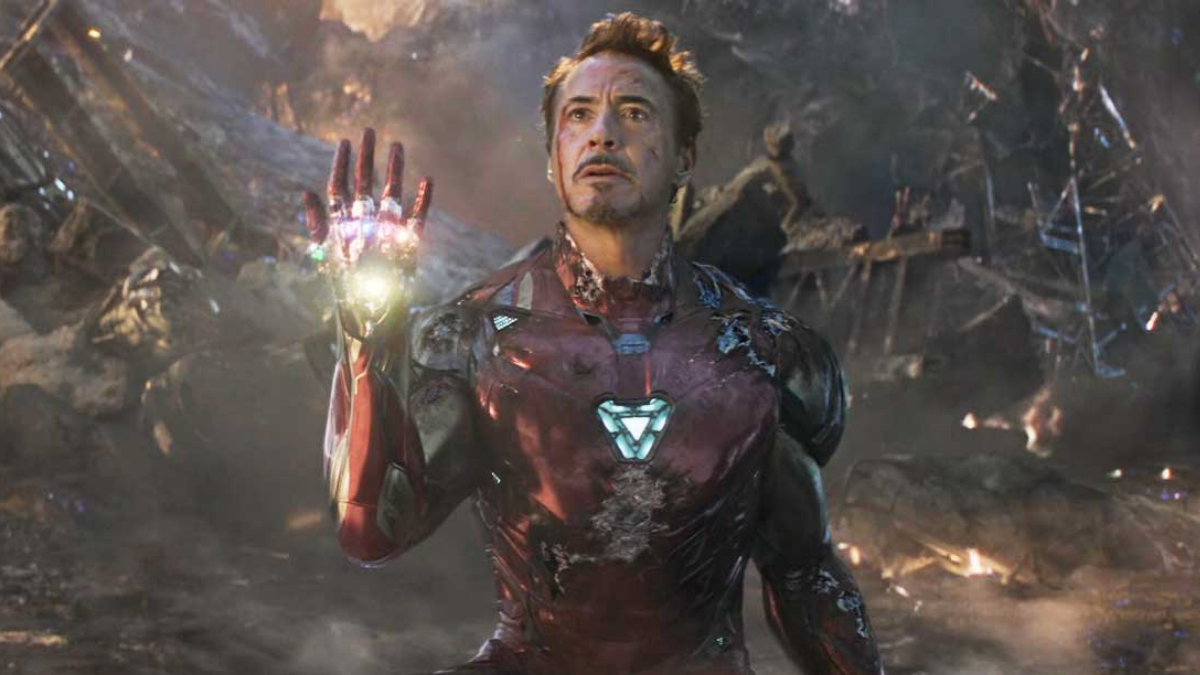Two episodes were provided prior to broadcast.
A few years ago, not many people would have pegged Netflix as a safe haven for documentary storytelling; but that all changed with Virunga, a stunning look into the battle against mountain gorilla poaching, which landed the streaming service its first headline-grabbing Oscar nomination. The film, a riveting exploration of a little-known controversy, turned out to be just the beginning – Netflix’s Making a Murderer was soon to ignite a binge-viewing phenomenon, flooring viewers with its horrifically compelling tale of how one man may have been railroaded by the American criminal justice system for a crime he may not have committed.
Since then, Netflix has more than proven itself as a welcoming home for compelling, cogent documentary filmmaking (if you haven’t seen Ava DuVernay’s The 13th, you’re missing the year’s most relevant picture); and as such, expectations were extraordinarily high for Captive, an eight-episode series from executive-producer Doug Liman that peers inside the taught, convoluted world of hostage-taking.
And yet, based on the content of two episodes, each of which examines a different real-life hostage situation, such a scrutinizing spotlight ever so slightly singes the series. Though meticulously researched and stuffed with some absolutely hair-raising interviews from every side of a given conflict, Captive is also guilty of a cardinal documentary sin: namely, the inability to resist sensationalizing its subject matter.
It goes without saying that hostage situations are some of the most tense and riveting incidents of criminal activity one could examine. Each is a swirling storm of conflicting agendas, a mesmerizing miasma of impending violence accentuated by the hostage-takers’ complex motivations, the expeditious entry of determined law enforcement, extensive yet often irresponsible press coverage, and the desperation of those taken prisoner to escape with their lives. Even the series’ title, Captive, evokes a sense of dread; who among us would not shiver at the thought of being held hostage under threat of execution, a captive, trapped with no clear way out?
As such, the lurid way in which the series overplays its hand feels like a deeply avoidable miscalculation. Captive relies too heavily on the oft-uilized doc device of reenactment, always opening at the outset of its conflict and following it through to its nerve-wracking conclusion with frequent dramatic stagings. Frequently, the reenactments aim for Hollywood-thriller levels of tension, relying on jump-scares, half-glimpsed shots of brutal violence, and a kinetic sense of disorder to convey their subject’s true horror. This proves both unnecessary and detrimental, cheapening the series’ impressive research and array of interviewees (hostages, hostage-takers, police, and many more) with melodramatic flourishes.

In the more satisfying episode, “Lucasville,” which charts a successful inmate uprising at Southern Ohio Correctional Facility in the ’90s, police are assaulted by rioting prisoners and quickly overwhelmed. The camera focuses on the reinforced window in a locked door that looks into the cell where that rebellion is underway; and as it zeroes in, the show’s ambient score imparting unprecedented urgency, a bloody hand slams into view, presumably belonging to desperate but beaten-down guard. In another scene, a frantic guard flees down a hallway, stumbling and crashing into walls, as baseball bat-wielding inmates chase after him, bloodthirsty and finally unleashed.
Far more compelling are the on-camera interviews, by guards describing the terror of the experience and the hostage-takers explaining the unexpected intricacy of theirs, particularly the grim, haunted look on one guard’s face as he recalls the early hours of the uprising, saying, “We lost that fight pretty quick.” The episode runs an hour and a half (Captive shrinks and grows its runtimes to match the stories), but with the wealth of footage at the filmmakers’ disposal, one almost wonders why it wasn’t longer – or what footage those behind Captive left out in favor of tensely directed theatrics.
“The Cola Kidnap,” about the abduction of Corinne Coffin, a Coca-Cola bottling executive, by a Rio crime ring, has the same problems and others. Again, an abundance of interviews is at the series’ disposal, from every side of the situation. Ronaldo Monteiro, the ringleader, makes for a particularly interesting, if exaggeratedly mysterious standout. By the episode’s end, though, viewers will be beaten down.
Captive taps into a pervasive bleakness and misery inherent in hostage-taking situations, but it varies whether it feels like the series has anything else with which to augment it. “The Cola Kidnap,” as opposed to “Lucasville,” operates on a smaller scale with a few less finely delineated characters, and though its situation was of course remarkably terrifying for those involved, it comes off as reductive to reduce its impact to an exercise in misery porn, and to emphasis the trauma of the event at the expense of more finely laying out its cultural and political roots. What’s missing from the episode (“Lucasville” gets it more right, if still not perfect) is the external, historical context necessary to properly empathize with both captor and captive. Without that, Captive feels far too often like a more cinematic, menacing Law & Order.
In both episodes, the series also suffers at the hands of its own score. Punishing, overbearing, and often intrusive, the synth-heavy, anxiety-heightening mix strikes at the outset of every tense moment and Hollywoodizes it to a degree so excessive as to be distancing. That goes double for the re-enactments’ treatment of the hostage situations, which largely follows the captive’s point of view and turns the captors into faceless, demonic entities, capable of turning vicious on a dime.
This treatment, though manifestly dramatic, is deeply at odds with the series’ stated intention to explore both sides of its conflicts. It also robs Captive of some realism – these re-stagings never feel completely authentic, working too hard to establish a brutal, bruising aesthetic that doesn’t ring true when depicting situations experienced by complicated human beings, not merciless monsters or criminal masterminds.
Captive offers a compelling look inside its subject, and its one-incident-per-episode approach could yield some real gems – that Netflix is willing to let each individual case unspool in its own time is alone another piece of evidence that the streaming giant is doing more for documentary storytelling than any other content home right now. “Lucasville” and “The Cola Kidnap” both represent strong work, to be sure – but it’s unavoidable that they’ve been compromised by a behind-the-scenes premium on artificially heightening the suspense that was already both implicit in and intrinsic to hostage-taking.
True-crime aficionados will find much to enjoy about Captive, and many will be completely taken in by the perpetually pulse-pounding, nail-biting style. But if additional seasons of the series make their way to Netflix in the coming years, one hopes that Captive‘s creators will learn to better let these stories – of survival, struggle, human nature, and chilling circumstance – speak for themselves.






